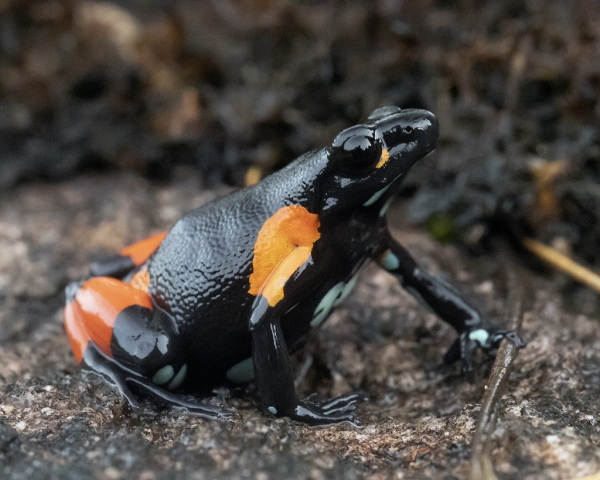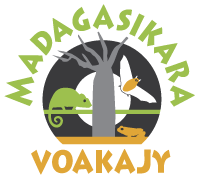
Madagascar is home to sixteen species of frogs classified in the genus Mantella. They are endemic to the Red Island but distributed in different geographical locations. The Mantella cowani is part of this species. It was described in 1822.
Its distribution area is in the highlands of Madagascar, notably in the districts of Betafo, Ambatofinandrahana, Ambatolampy, and Ambositra II. The Mantella cowani is distinguished by its black coloration adorned with orange spots. This species measures between 22 and 29 mm. As an insect predator, it contributes to maintaining the health of forest ecosystems.
The Mantella cowani faces a multitude of threats that undermine its existence. Climate change, with its increasing droughts and disruptions of natural cycles, further exacerbates the pressure on this fragile species. Additionally, poaching for the pet trade represents an additional danger, fueling illegal trafficking that jeopardizes the survival of wild populations. As a result, its status is classified as "Critically Endangered" according to the International Union for Conservation of Nature (IUCN) revision in 2014.
Faced with this alarming context, Madagasikara Voakajy mobilizes for research and conservation efforts for this species. The Madagasikara Voakajy team carries out concrete actions in the field to protect the Mantella cowani. They conduct scientific studies to better understand the biology and ecology of the species. This research involves simulating climate change to observe the behavior of this frog species. This project is carried out thanks to partnerships with Chester Zoo, Stiftung, and Mohamed Bin Zayed Species Conservation.




